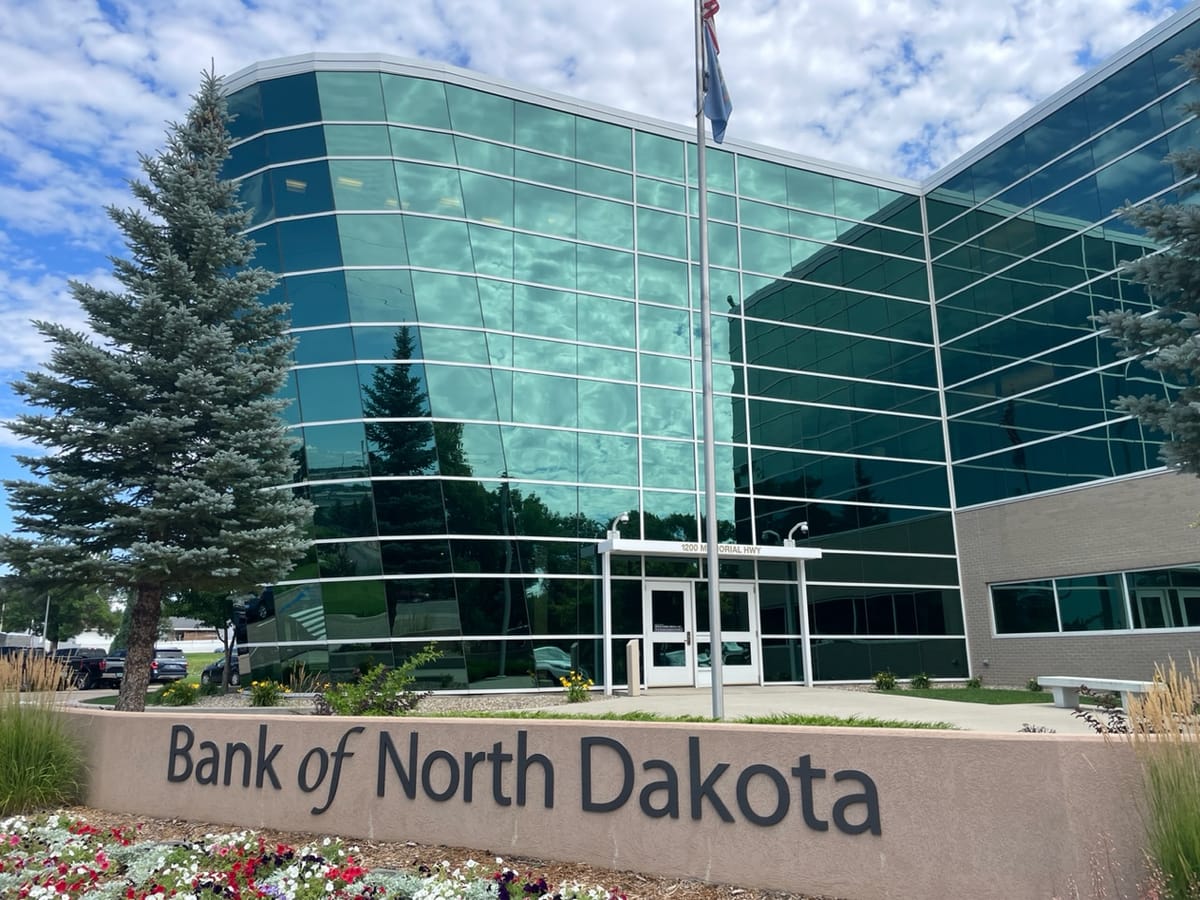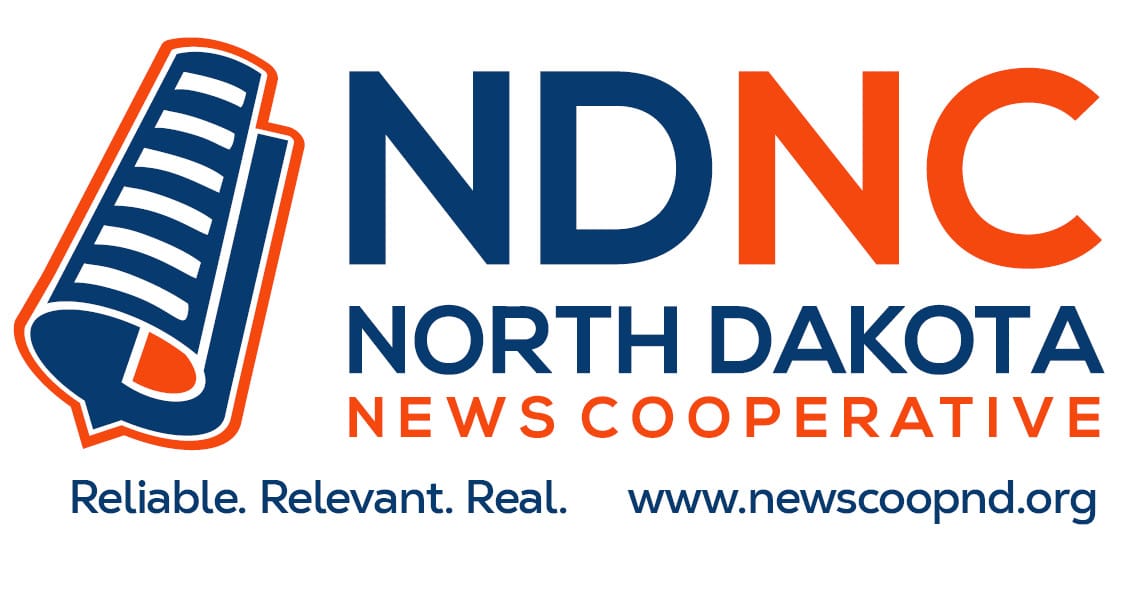Small business owners struggle to get financing
Inflation, interest rate hikes and post-COVID belt-tightening to blame

If you’re thinking of starting a business, you’re now likely to need more money down as lenders tighten their requirements and shift from an environment awash in pandemic relief funds, to one where grants and low interest programs are less available.
Even essential services, like daycares – a crucial need in North Dakota and across the region – are seeing new challenges due to sometimes low profit margins.
For Amy Haugen, her dream of starting her own group daycare home will come to fruition in mid-August once Little Flower Nido & Toddler Montessori Program opens in Mandan.
The process has not been without its challenges.
Inflation, interest rate increases and a generally stricter lending climate after the flow of Covid-relief cash ebbed, has put small business owners like Haugen in a more difficult position as they launch or expand operations.
Haugen’s process started in April 2022. Finding a location for the daycare was probably the most difficult part, she said. She was also challenged to secure grants, navigate the red tape of locating the program in a neighborhood, have the home rezoned as commercial property, secure potential employees, and finally access the loan.
“I had a few people tell me they would have given up and found an eight-to-five job before they would have went through what I went through,” said Haugen, who expects the daycare to open by mid-August and eventually serve 30 children.
“With all the startup costs and all that there’s quite a bit to get going to meet all the requirements before you can even open the doors,” she said.
Ryan Warner, co-owner of Lightspring, said he’s often felt access to capital for smaller businesses is difficult in a state where commercial lenders focus on bigger projects, often from outside investors. Lightspring is an energy technology company in Bismarck.
“We’ve never been able to get a loan,” Warner said.
Haugen said the loan process was a hassle, but worth it. “The grants help, if you can find those, and any low interest rates to get yourself going,” she said. “The main thing is that startup cost and finding the right building that works.”
Financing tightens
At recent meetings between the Small Business Development Center Network – which has branches across the state – and Aikta Marcoulier, regional director with the U.S. Small Business Administration (SBA), an overarching theme emerged: banks really tightened up credit standards in recent months.
For many small businesses that tightening slowed the process of getting financing – if not to a screeching halt – then at least to a more drawn-out process.
“I hadn’t realized that there had been that much talk from the banks about tightening up credit standards, they’re not approving as many loans and the interest rates are higher,” said Al Haut, Fargo-based district director for North Dakota at the SBA. “So it’s pricing some businesses out of the market, so to speak.”
Haut said this is slowing the development of new businesses and the expansion of existing ones.
Marcoulier said many businesses are looking for grants to help cover startup costs, but other than those filling crucial needs like childcare, grants are few and far between now.
“For the most part, like 99.9 percent of the time, there are no grants to start a business,” she said.
This makes securing commercial loans that much more important, but the national picture of a lending drought paints a bleak picture.
A June bulletin from the SBA reported tightened standards for commercial industrial and real estate loans, and loan demand has reached a decline not seen since the Great Recession in the late 2000s.
A Goldman Sachs survey of around 10,000 small business owners across the country in May showed a dramatic flip over the past year. A total of 77 percent of respondents indicated concerns about their ability to access capital. A year before, 77 percent claimed confidence in accessing capital.
Similar issues are popping up across North Dakota now that pandemic cash has disappeared.
Tyler Demars, director at the Small Business Development Center in Bismarck at the Bank of North Dakota, said some of the lending climate can be attributed to the spigots being turned on full bore only to be shut off again just as quickly.
“There was so much government money flowing over Covid and it set unrealistic expectations for businesses, especially people getting into business at that time,” he said. “So we went from that into this higher interest rate environment and lenders are tightening up.”
Credit history, capital, cash and business plan all factor into the lending decision. In the past couple of years, lenders were more willing to overlook problems with one or two of those, he said. They’re less willing to now.
“Now, if you have more than one question mark, it’s really tough to say we’re going to be able to get it done,” Demars said.
Laura Weber, business growth development coordinator at the Bowman County Development Corporation, also sees the slowdown partially as a reaction to that fast flow of cash in 2021 and 2022.
She tells of one business she’s been working with that generates over a million dollars in sales per year who was able to tap into financing in the pandemic period. Now that same business is experiencing cash flow challenges because access to financing has dried up, she said.
“He’s now looking for a million dollar line of credit, but his bank has been more hesitant than you’d expect for not even a new business,” Weber said.
“In general, it seems like activity is very light in the commercial lending space, and I’m hearing that from my lenders too,” she said.
Ashley Hruby, a senior lending director at Lewis & Clark Development in Mandan, said she’s seeing the lending situation “get a bit tougher.”
“A lot of our programs are there to provide that gap financing to help get someone through that traditional financing as a borrower, but we’re even running into where the borrowers need to have some equity contribution, and they’re even struggling to come up with that to access our programs,” Hruby said.
Hruby said smaller daycare startups like Haugen’s often face challenges getting going, even when banks aren’t being so fickle.
“The cash flows are so tight when they’re a smaller daycare,” she said. “There’s a lot of childcare centers and preschools that do very, very well, but those smaller group homes with smaller headcounts really struggle with their cash flows so there’s not a lot of comfortability lending to them.”
More challenges for woman-owned businesses
Another aspect that doesn’t get enough attention, most of those discussing the lending situation said, is that women-owned smaller businesses traditionally have a harder time getting financing.
Laiken Aune, advocacy director at the North Dakota Women’s Business Development Center, said accessing capital remains a challenge for women-owned businesses.
A recent survey the center conducted showed 80 percent of current small businesses in the state owned by women tapped into personal savings or used credit cards to finance their startups before seeking out traditional lending.
“I think a lot of lending institutions are licking their wounds a little bit after those Covid programs rolled out, and they’re now seeing some of the backslide related to fraud cases,” Aune said. “Along with the general business climate, with inflation and interest rates all rising, it’s not as friendly a lending environment for everyone.”
Aune said it is taking a lot more effort from organizations like hers and others here to provide more education, help walk small businesses through the process and explain options for financing, grants and where potential investors may be available.
Then there are the questions about whether some women-owned businesses are on a level playing ground, even after years of progress in that regard.
“We’ve heard reports of women still experiencing discrimination, several who have been bankable and had to prove themselves at a higher level than some of their other counterparts,” Aune said. “For example, we have one client who the lender would only speak to the client’s husband.”
Keith Olson, regional director at the Small Business Development Center in Williston, said he has worked with “a ton of great women entrepreneurs” and didn’t think they’d had a lower success rate compared to men-owned businesses.
According to Olson, “At the end of the day – whether you’re a man or a woman – it still comes down to do you have the cash to put into the project and do you have the capacity to repay it, and is your credit score okay?”
“I think the lack of access to capital is as much that the banks are feeling more comfortable with more down to reduce the financial stress, so to speak,” Olson said. “I think we’re still able to get a lot of projects done. But I would say, maybe as a generalization, is that you need another 10 percent down from where we were a year ago, on average, to get a lot of these deals done.”
The North Dakota News Cooperative is a nonprofit news organization providing reliable and independent reporting on issues and events that impact the lives of North Dakotans. The organization increases the public’s access to quality journalism and advances news literacy across the state. For more information about NDNC or to make a charitable contribution, please visit newscoopnd.org. Send comments, suggestions or tips to michael@newscoopnd.org. Follow us on Twitter: https://twitter.com/NDNewsCoop.



